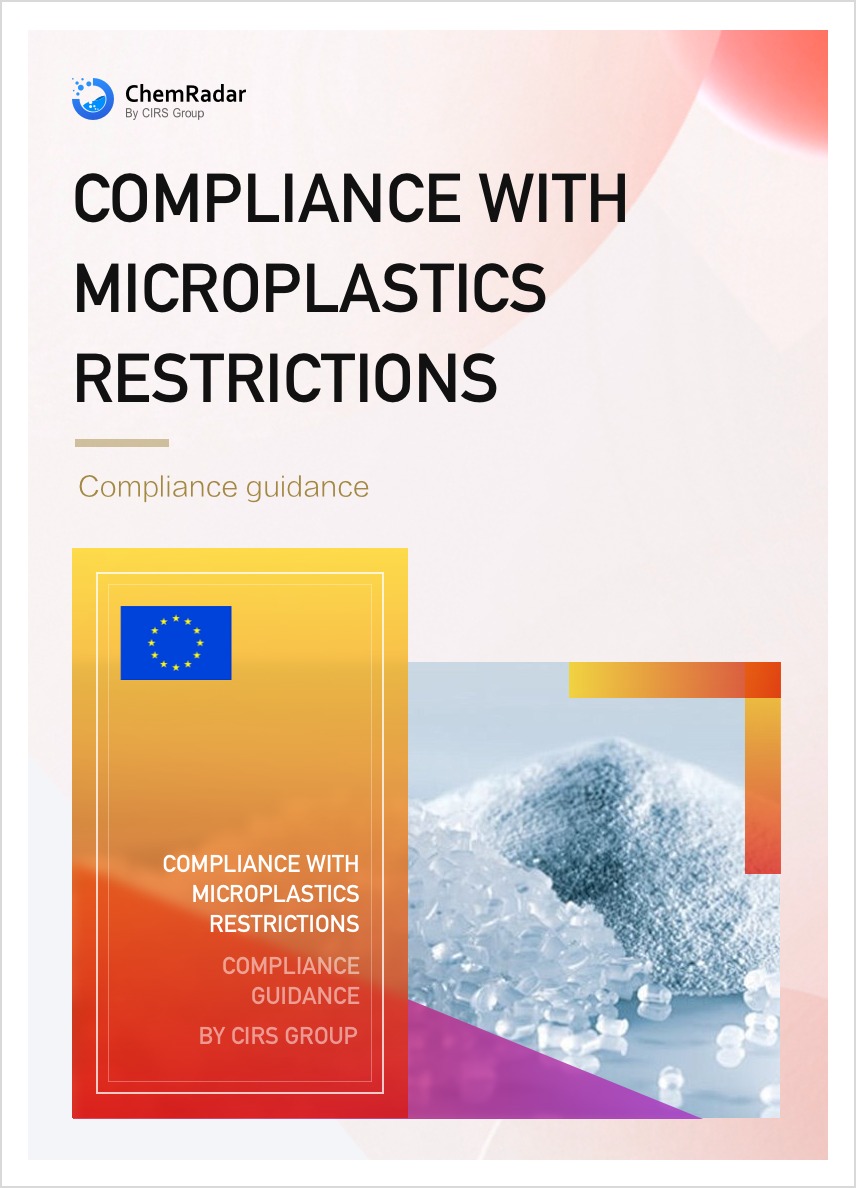On March 13, 2024, the Persistent Organic Pollutants Review Committee (POPRC) under the European Chemicals Agency (ECHA) initiated a risk management evaluation and public consultation for chlorpyrifos, scientifically known as O, O-diethyl O-(3,5,6-trichloro-2-pyridyl) phosphorothioate. The committee proposed to list chlorpyrifos in Annex A/B of the Persistent Organic Pollutants (POPs) Regulation, with the public consultation period set to conclude on August 5, 2024.
Chlorpyrifos is recognized for its effectiveness as a broad-spectrum organophosphate insecticide, finding widespread use across agriculture, veterinary medicine, and industry. However, its environmental persistence, coupled with its tendency to accumulate in water, soil, and biota, and its capacity for biomagnification through the food chain, poses a significant risk to human health.

To date, a total of 15 countries along with the European Union have enacted a complete ban on the use of chlorpyrifos, with several more nations currently reviewing its safety profile. According to the POPRC report, the principal producers of chlorpyrifos include China, India, Brazil, the United States, and the EU, with an annual production volume estimated at around 50,000 tons.
Management Measures for Chemicals Listed under Different Annexes of the POPs Regulation
Attachment A (Elimination): Substances included in Attachment A are typically those proven to have serious impacts on the environment and health, aimed at completely prohibiting or gradually phasing out their production, use, import, and export.
Attachment B (Restriction): Substances listed in Attachment B are known to be hazardous, but may still need to be used under controlled conditions due to the lack of alternatives or other reasons, thus subject to stringent restrictions and oversight to mitigate or eliminate their impact on the environment and health.
The focus of Attachment A is on banning the use and production of certain substances, whereas Attachment B emphasizes imposing stricter limits on the use and production of these materials.
Once a substance is officially included in the POPs regulations restriction list and the relevant rules are implemented, this will significantly impact businesses in terms of production, usage, and product exports. Companies should take proactive measures early on to mitigate compliance risks.
Further Information



